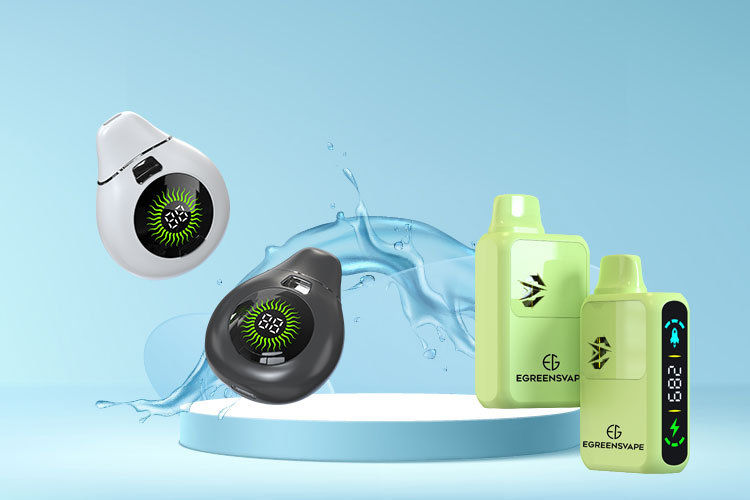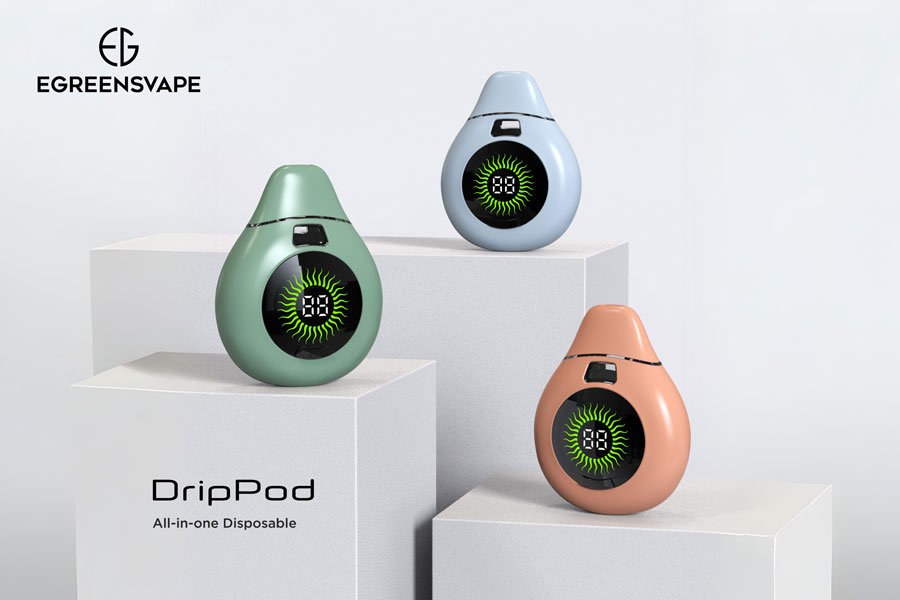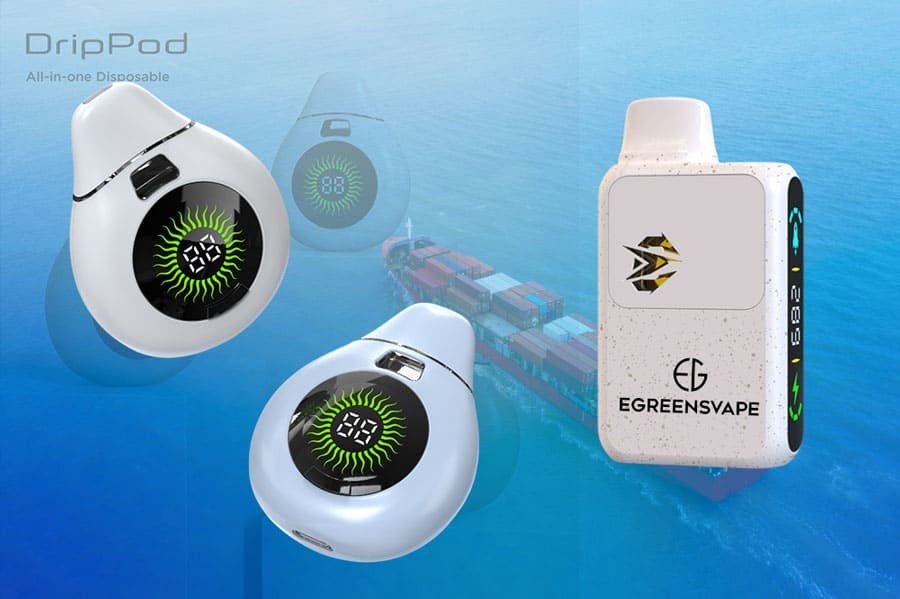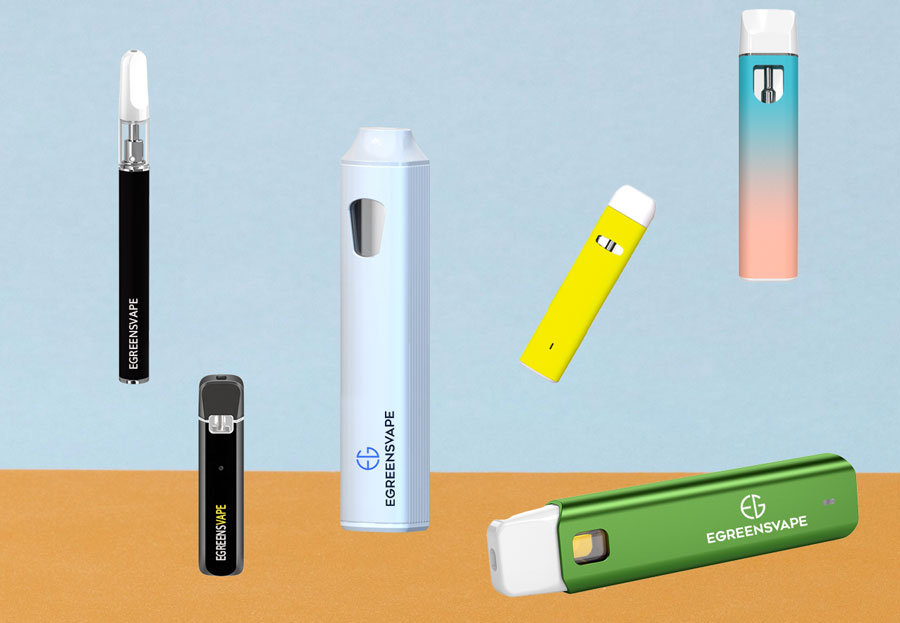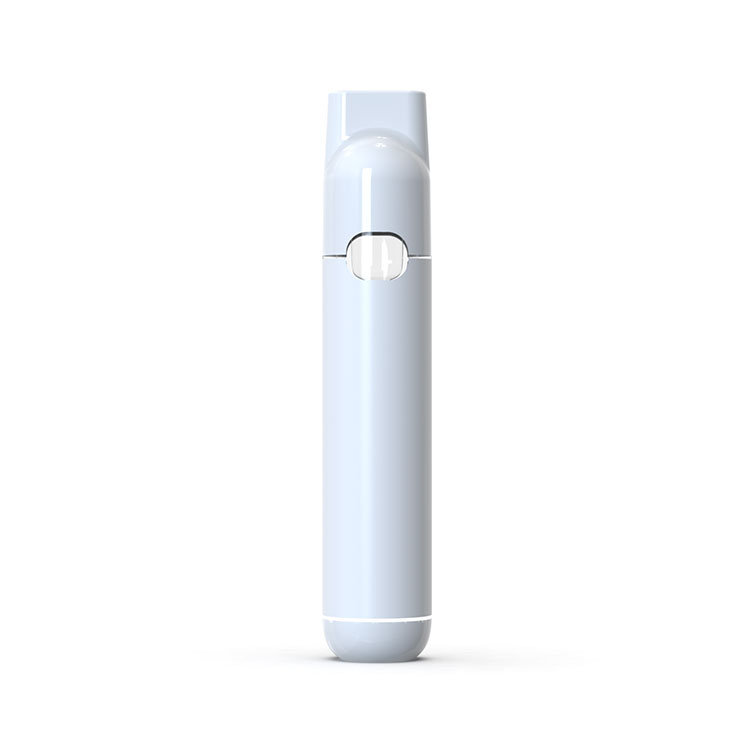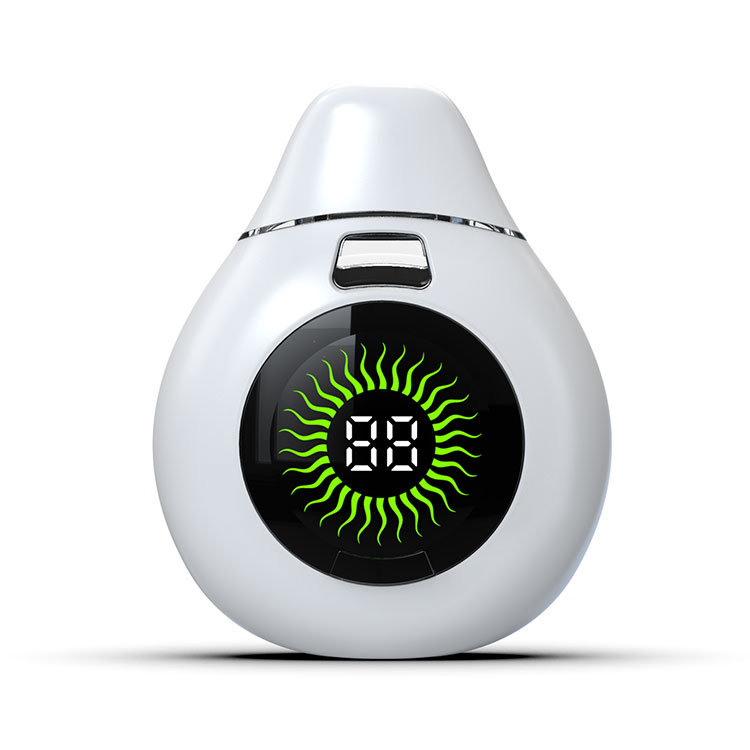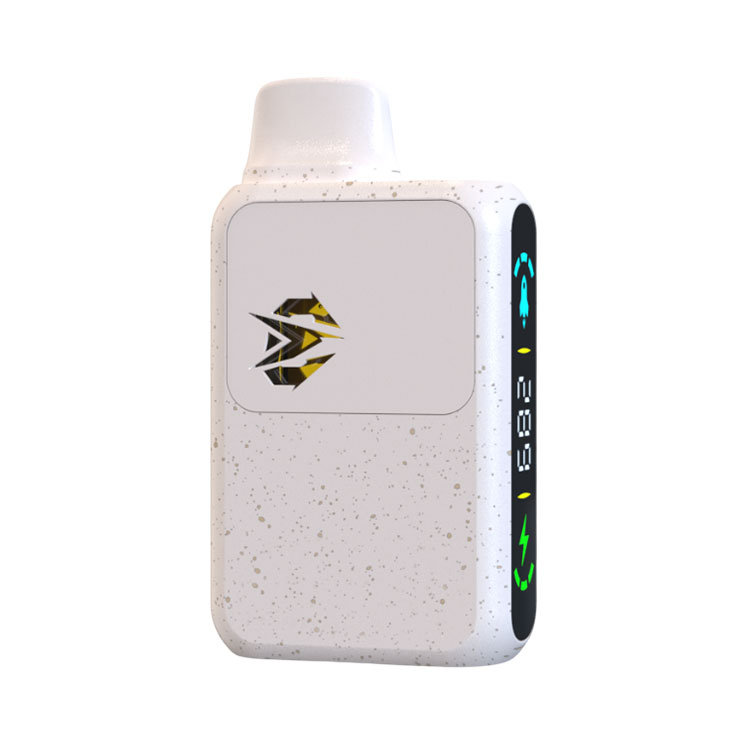In the ever-evolving world of cannabis consumption, the method of vaporization plays a crucial role in the overall experience. As enthusiasts and medical users alike seek the purest and most efficient ways to enjoy their concentrates, the debate between traditional and postless (wickless) vape pens has gained significant traction. This is particularly true when it comes to vaporizing low-temperature rosin, a premium cannabis extract known for its rich terpene profile and potent effects.
In this comprehensive guide, we’ll delve deep into the world of vape pens, comparing traditional designs with innovative wickless technology(HCB technology). Our focus will be on finding the optimal solution for low-temperature rosin consumption, ensuring that users can make an informed decision based on their preferences and needs.
Understanding Rosin and Low-Temperature Vaping
Before we dive into the specifics of vape pen designs, it’s essential to understand what makes rosin unique and why low-temperature vaping is crucial for this concentrate.
What is Rosin?
Rosin is a solventless cannabis extract produced by applying heat and pressure to cannabis flower, hash, or kief. This extraction method preserves the plant’s natural terpenes and cannabinoids, resulting in a pure, potent, and flavorful concentrate. Unlike other extracts that use chemical solvents, rosin is considered one of the cleanest forms of cannabis concentrate available.

The Importance of Low-Temperature Vaping for Rosin
Low-temperature vaping is critical for rosin due to several factors:
- Terpene Preservation: Terpenes, the aromatic compounds responsible for the flavor and many therapeutic effects of cannabis, are volatile and can degrade at high temperatures. Low-temp vaping (typically between 315°F to 450°F) helps preserve these delicate compounds.
- Flavor Enhancement: Lower temperatures allow for a more nuanced and flavorful experience, letting users fully appreciate the complex taste profile of their rosin.
- Smoother Hits: Vaporizing at lower temperatures produces a smoother, less harsh vapor, making for a more enjoyable experience.
- Efficiency: Low-temp vaping can make your rosin last longer, as you’re not burning off cannabinoids and terpenes unnecessarily.
- Reduced Health Risks: Lower temperatures minimize the risk of creating harmful byproducts that can occur with high-temperature combustion.
Traditional Vape Pens
Traditional vape pens have been the standard in the industry for years. Let’s examine their design features, vaporization efficiency, and overall user experience, particularly in the context of low-temp rosin consumption.
Design Features
Traditional vape pens typically consist of the following components:
- Central Metal Post: A stainless steel column that runs through the center of the oil chamber.
- Metal Coil: Usually wrapped around a wick, this is the heating element that vaporizes the oil.
- Cotton or Fiber Wick: Absorbs the oil and delivers it to the coil for vaporization.
- Oil Chamber: Surrounds the central post and holds the cannabis oil or rosin.
Vaporization Efficiency
When it comes to low-temp rosin, traditional vape pens face several challenges:
- Uneven Heating: The metal coil can create hot spots, leading to inconsistent vaporization and potential burning of the rosin.
- Wick Limitations: Cotton wicks may struggle with thicker concentrates like rosin, leading to dry hits or inefficient vaporization.
- Temperature Control: Many traditional pens lack precise temperature control, making it difficult to maintain the low temperatures ideal for rosin.
User Experience
Traditional vape pens offer familiarity but come with some drawbacks for rosin users:
- Filling Process: The central post can make filling with thick rosin challenging and messy.
- Clogging Issues: Thicker concentrates like rosin are more prone to clogging in traditional designs.
- Maintenance: Regular cleaning is required to prevent buildup and maintain performance.
- Flavor Degradation: The presence of cotton wicks and metal components can affect the pure flavor of rosin.

Postless (Wickless) Vape Pens
Postless, or wickless, vape pens represent the cutting edge of vaporizer technology. Let’s explore how their innovative design addresses many of the issues faced by traditional disposable pens, especially when it comes to low-temp rosin.
Innovative Design Features
Postless vape pens boast several key features that set them apart:
- No Central Post: The absence of a central metal post allows for an unobstructed view of the oil and better oil flow.
- Ceramic Heating Elements: Advanced ceramic cores replace metal coils, offering more even heat distribution.
- Wickless Design: Eliminates the need for cotton or fiber wicks, reducing the risk of burnt flavors.
- “Bucket” Style Tank: Allows oil to flow directly to the heating element for more efficient vaporization.
Vaporization Efficiency
Postless designs offer significant advantages for low-temp rosin vaporization:
- Even Heating: Ceramic elements provide consistent, low-temperature heating ideal for preserving rosin’s delicate compounds.
- Direct Oil Contact: The bucket-style tank ensures efficient vaporization of thick concentrates like rosin.
- Temperature Control: Many postless pens offer precise temperature settings, with some featuring low voltage options (e.g., 2.1 – 2.5 V) perfect for rosin.
User Experience
Postless disposable vape pens enhance the user experience in several ways:
- Easy Filling: Large filling holes make loading rosin quick and mess-free.
- Reduced Clogging: The absence of a central post and wicks minimizes clogging issues.
- Flavor Preservation: Wickless, ceramic designs preserve the authentic taste of rosin.
- Visual Appeal: Clear views of the oil level and quality add to the overall experience.
Related Reading: Postless Disposable Vape Pens: The Game Changer in Vaping

Comparative Analysis
Here’s a comparison table that summarizes the key differences between traditional vape pens and wickless (postless) vape pens in the context of low-temperature rosin consumption:
| Feature | Traditional Vape Pens | Wickless (Postless) Vape Pens |
|---|---|---|
| Design | Central metal post, metal coil, cotton wick | No central post, ceramic heating element, wickless design |
| Vaporization Efficiency | Often uneven heating; struggles with thick concentrates | Even heating; efficient vaporization of thick rosin |
| Temperature Control | Limited temperature control; difficult to maintain low temps | Precise temperature settings; ideal for low-temp vaping |
| Flavor Preservation | Prone to burnt taste due to cotton wicks and metal coils | Enhanced flavor purity; no cotton or metal taste |
| Filling Process | Can be messy and challenging with thick rosin | Easy filling with large openings; mess-free loading |
| Clogging Risk | Higher risk of clogging due to wicks and central post | Reduced clogging risk; better oil flow |
| User Experience | Familiar design but may require more maintenance | User-friendly; easy to monitor oil levels and quality |
| Cost | Generally more affordable and widely available | May be more expensive but offers advanced features |
| Visual Appeal | Limited visibility of oil levels | Clear view of oil quality and levels |
When it comes to low-temp rosin consumption, postless designs offer several advantages over traditional vape pens:
- Flavor Preservation: The absence of cotton wicks and metal components in postless pens results in a purer, more authentic rosin flavor and reduces the risk of a burnt taste.
- Efficiency: Bucket-style tanks and ceramic heating elements in postless pens ensure more thorough vaporization of thick rosin.
- Temperature Control: Many postless pens offer lower voltage settings ideal for the low-temp requirements of rosin.
- Ease of Use: Postless pens generally provide an easier filling process and reduced clogging, especially beneficial for thick concentrates like rosin.
- Visual Appeal: The clear, unobstructed view in postless pens allows users to monitor oil quality and levels easily.
However, traditional pens may still have some advantages:
- Availability: Traditional designs are more widely available and often come in a broader range of options.
- Familiarity: Some users may prefer the familiar design and operation of traditional pens.
- Cost: In some cases, traditional pens may be less expensive than their postless counterparts.
Conclusion
In the pursuit of the ultimate rosin vaping experience, choosing the right vape pen technology is crucial. Wickless (postless) vape pens have emerged as a superior choice for low-temperature rosin, offering benefits such as even heating, pure flavor preservation, and reduced clogging. Traditional vape pens, while familiar and affordable, often struggle to meet the unique needs of rosin enthusiasts seeking low-temperature vaporization.
For those interested in elevating their rosin experience, EGreensVape’s postless disposable pens provide the ideal solution. With options like the 2ml Postless Disposable Pen for extended sessions and the 1.0ml Wickless Disposable Pen for on-the-go use, eGreens combines advanced technology with user-friendly design, allowing you to fully enjoy the rich terpene profiles and smooth hits that rosin has to offer.
Embrace the future of vaping with EGreensVape’s postless disposable pens, and experience rosin as it’s meant to be enjoyed—pure, potent, and flavorful.



